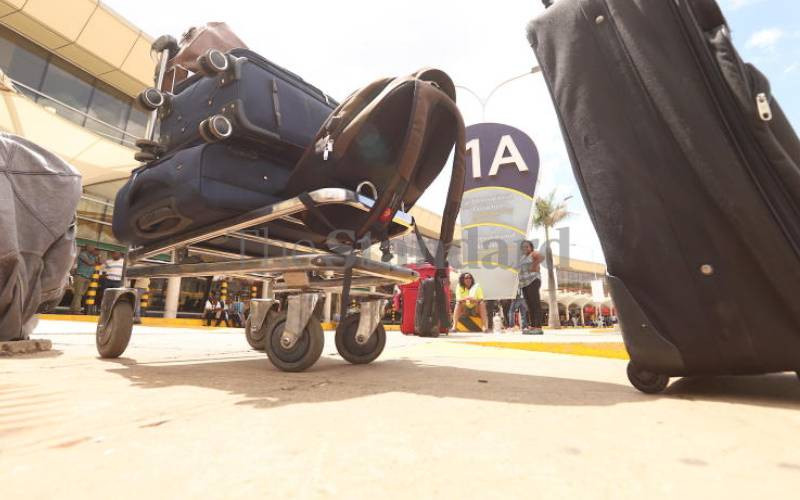×
The Standard e-Paper
Home To Bold Columnists

Kenya Revenue Authority (KRA) dedicates one month, every year, to honour and appreciate taxpayers for their valuable contribution towards revenue collection.
This year, KRA dedicated October as the taxpayers' month whereupon they unveiled an online auction system and a tax amnesty programme as a way of giving back to taxpayers.